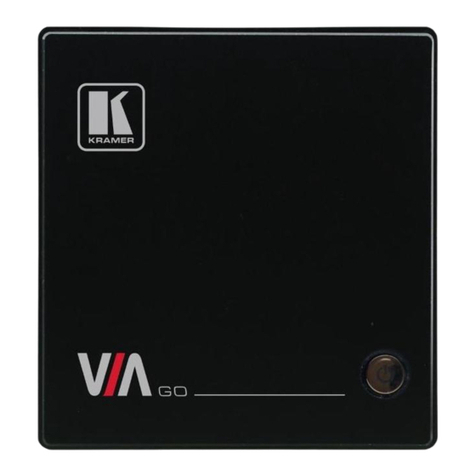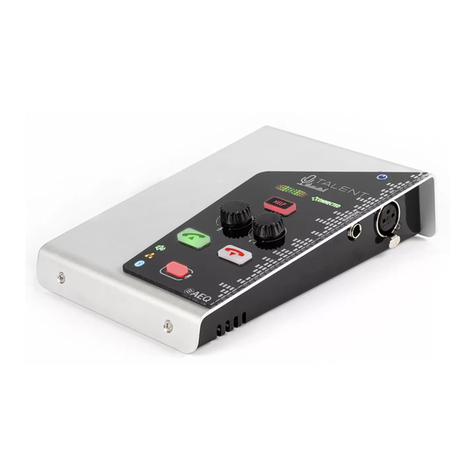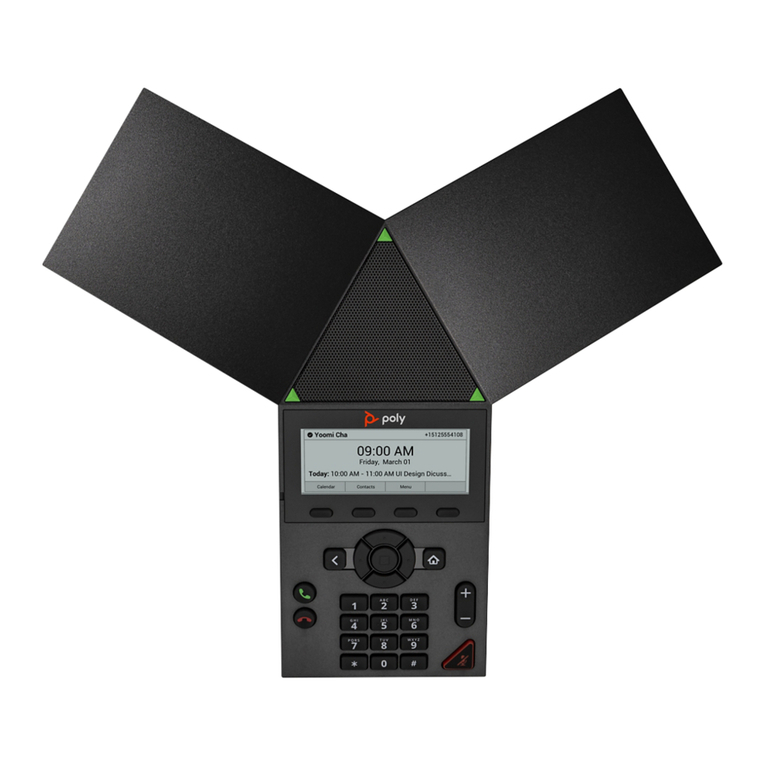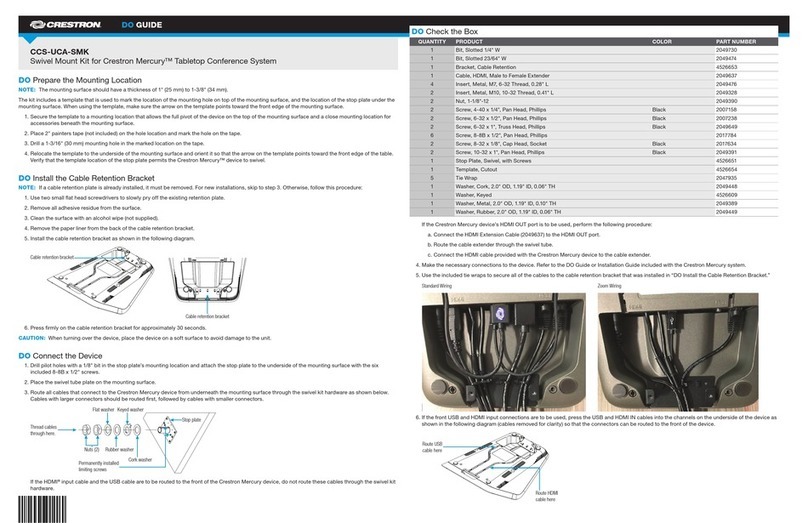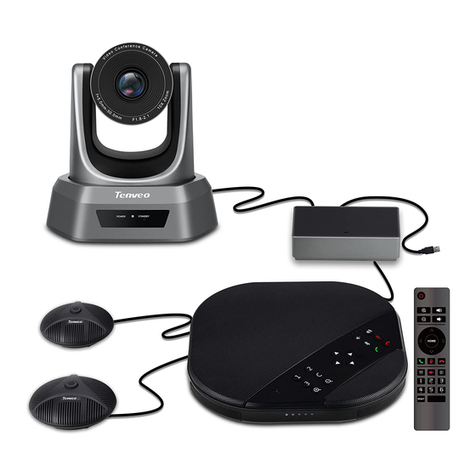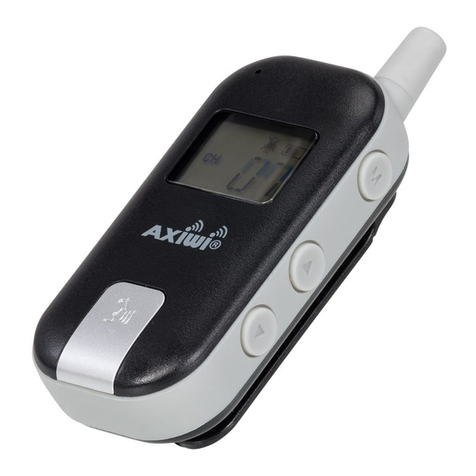3.1.8.2. Date and time..........................................................................................44
3.1.8.3. Ethernet port configuration......................................................................45
3.1.8.4. GPIOs configuration (GPIO Settings). ....................................................45
3.1.8.5. RS-232 Ancillary Data.............................................................................47
3.1.8.6. Remote configuration..............................................................................47
3.1.9. SIP PROVIDERS menu........................................................................................47
3.1.10. SIP CODECS PROFILES menu.........................................................................48
3.2. HPHONES menu. ............................................................................................................49
3.3. VUMETERS menu...........................................................................................................50
3.4. CALL menu......................................................................................................................50
4. CONFIGURATION AND OPERATION OPTIONS DESCRIPTION. REMOTE CONTROL... 54
4.1. Individual codec control window. .....................................................................................54
4.2. IP interface connection modes.........................................................................................56
4.2.1. PROXY SIP...........................................................................................................56
4.2.2. DIRECT SIP..........................................................................................................58
4.2.3. RTP Point to Point (RAW).....................................................................................59
4.2.3.1. Sending audio to multiple destinations: Broadcast, Multicast and
Multiple Unicast.......................................................................................60
4.3. NAT TRAVERSAL. ..........................................................................................................62
4.3.1. Operation without NAT: “OFF (there is no NAT)“. ................................................62
4.3.2. Manual NAT: ”MANUAL (router configuration)”....................................................62
4.3.3. AUTO 1 (local network audio)...............................................................................64
4.3.4. AUTO 2 (local network audio)...............................................................................64
4.3.5. AUTO 3 (audio over internet)................................................................................64
4.3.6. AUTO 4 (audio over internet)................................................................................64
4.4. FEC modes and reception buffer configuration...............................................................64
4.5. V35 interface configuration..............................................................................................65
4.6. ISDN (ISDN1) communications interface configuration...................................................66
4.7. Coding selection...............................................................................................................66
4.8. Ethernet Port configuration..............................................................................................67
4.9. RS-232 Ancillary (End-to-end data channel)...................................................................68
4.10. SNMP configuration.......................................................................................................69
4.11. Password configuration..................................................................................................70
5. QUICKSTART USER’S GUIDE. MANUAL CONTROL. ........................................................71
5.1. PHOENIX STRATOS connections...................................................................................71
5.1.1. Power supply.........................................................................................................71
5.1.2. Audio.....................................................................................................................71
5.1.3. Communication interfaces. ...................................................................................71
5.2. Powering up the codec. ...................................................................................................72
5.3. Establishing an ISDN communication..............................................................................72
5.3.1. Finalizing an ISDN communication.......................................................................73
5.3.2. Reception and acceptance of an ISDN communication. ......................................73
5.4. Establishing a V.35 communication.................................................................................74
5.4.1. Finalizing a V.35 communication..........................................................................75
5.5. Establishing an IP communication...................................................................................75
5.5.1. Establishing an IP communication in RTP mode using SmartRTP......................76
5.5.1.1. Finalizing an IP communication in RTP mode........................................77
5.5.2. Establishing an IP communication in PROXY SIP mode......................................77
5.5.2.1. Finalizing an IP communication in PROXY SIP mode............................78
5.5.2.2. Receiving and accepting an IP communication in PROXY SIP mode....79
5.5.3. Establishing an IP communication in DIRECT SIP mode.....................................80
5.5.3.1. Finalizing an IP communication in DIRECT SIP mode...........................81
5.5.3.2. Receiving and accepting an IP communication in DIRECT SIP mode...81
6. QUICKSTART USER’S GUIDE. REMOTE CONTROL. ........................................................83
6.1. Equipment connections....................................................................................................83
6.1.1. Power supply.........................................................................................................83
